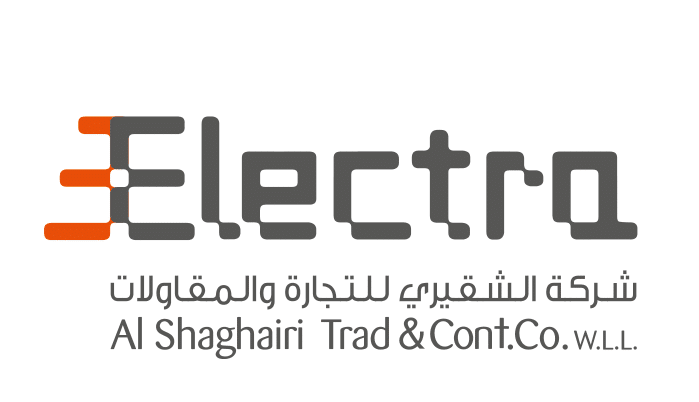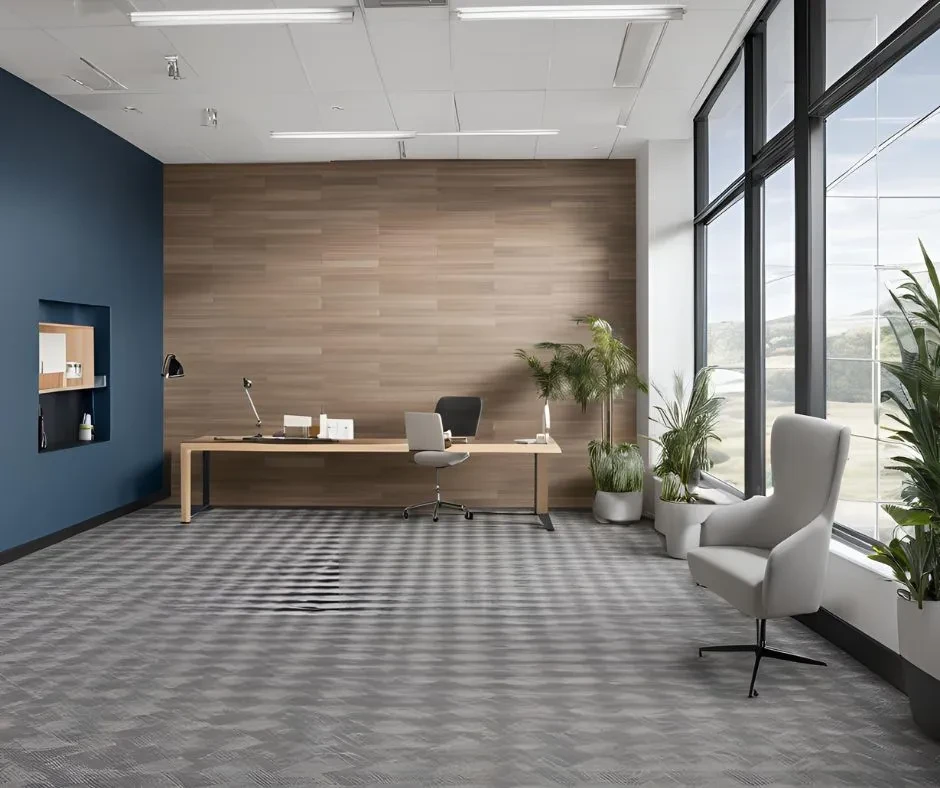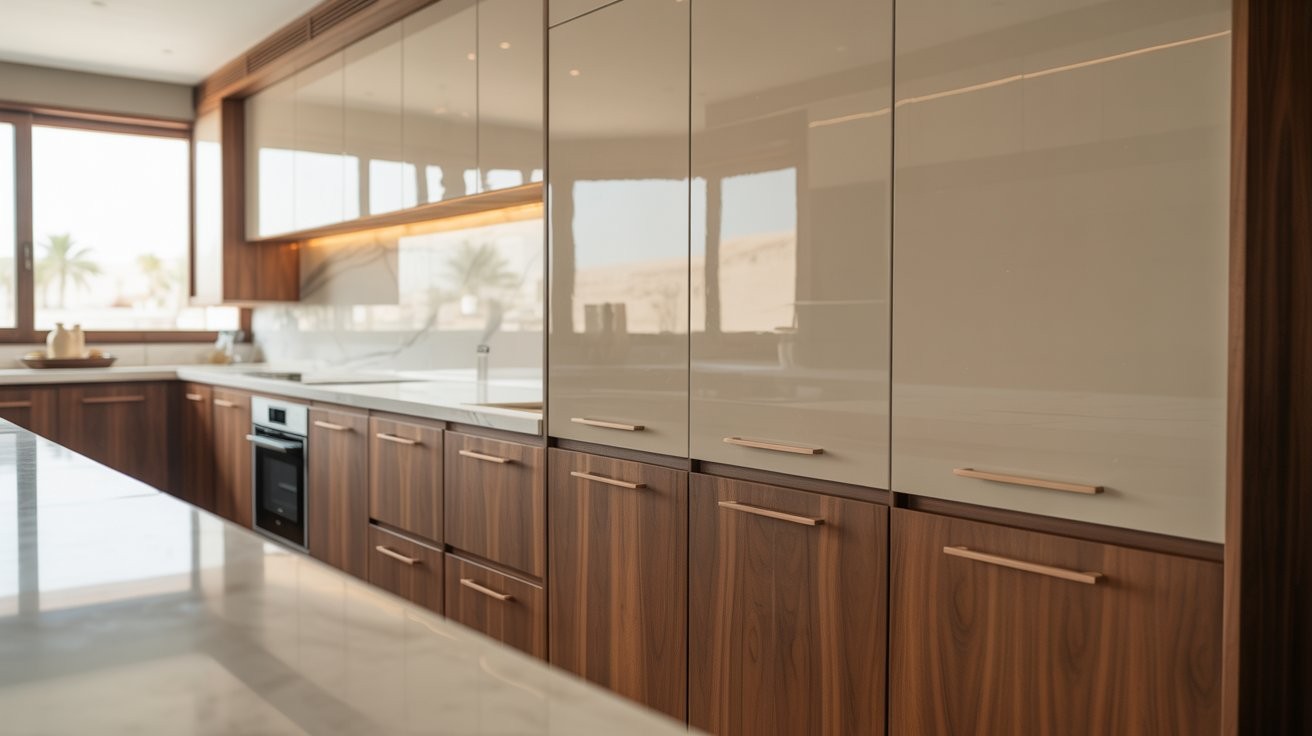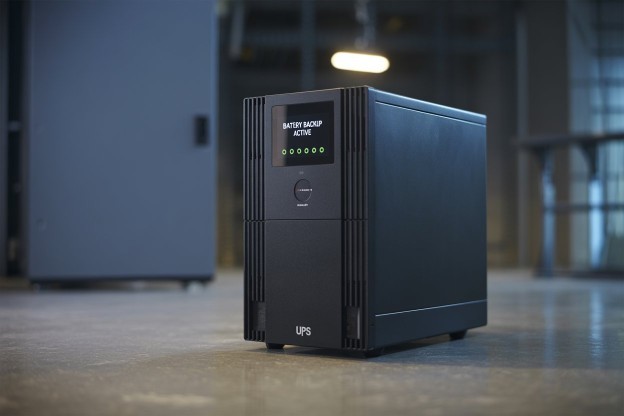A modern, environmentally friendly option that combines the advantages of soft surface flooring with the functionality of hard surface materials would be something to think about. Layers of woven fabric combine texture and depth to create a gorgeous appearance. Woven vinyl flooring is made of polyester yarn coated in PVC, which makes it slip-resistant, easily sanitizable, and adaptable to a variety of environments. You might be surprised at some of the available possibilities.
Overview Of Woven Vinyl Flooring
In a way, woven vinyl has reshaped the flooring market by fusing durability and design. This alternative provides carpet warmth and comfort with vinyl toughness and is often woven from vinyl strands. Still, there are a ton of different patterns and designs to pick from for you to customize to your style.
Aside from that, the easy maintenance of woven vinyl flooring is what sets it apart. It is capable of eliminating everyday wear and tear and can be easily cleaned. It's ideal for outdoor use as well as business spaces because it's waterproof. In addition, braided vinyl is a great option for hassle-free, fashionable flooring.
Components of Woven Vinyl Flooring
In general, woven flooring tiles are made up of multiple layers and parts, each of which has a distinct function.
Weave Layer: The warp and weft threads in tightly woven vinyl flooring are typically free of phthalates. The tile's tactile and visual surface is made of these vinyl threads. It also adds pattern, color, and texture.
Upper Backing: It acts as a barrier to stop the weave layer from being penetrated by water. It offers fire safety in addition to moisture protection.
Stability Layer: For dimensional stability, a layer of fiberglass is typically put underneath the upper backing. This stability layer prevents the tile from warping or deforming and helps it keep its shape.
Lower Backing: Recycled elements are typically present in the bottom backing layer of woven vinyl flooring. It strengthens the tile's structure and adds to its overall eco-friendliness.
Optional Acoustic Felt Backing: Woven vinyls occasionally come with an optional acoustic felt backing layer. As a result, it is a well-liked option in spaces that need more padding and sound absorption.
Protective Coatings: Protective coatings are often applied to these tiles. In addition, anti-slip and stain-resistant coatings increase tile longevity and boost performance and safety.
Design Elements: Weaved vinyl floors have the ability to add different colors and graphic features during the manufacturing process. Often, these design components are included right into the vinyl threads.
Adhesive: Adhesive is used to bind woven vinyl tiles to the subfloor for installation. The bond might change depending on the tile product and installation technique. Woven materials provide a distinctive blend of fashion, toughness, and low upkeep.
Installation Tips for Woven Vinyl Flooring
By following these instructions, installing industrial woven vinyl flooring can be done rather effortlessly. Please keep in mind that each manufacturer may have different installation guidelines for woven tiles. Always refer to the manufacturer's instructions for complete instructions.
Tools And Materials Needed
- Measuring tape
- T-square or straightedge
- Woven vinyl tiles
- The manufacturer recommends the adhesive.
- Utility knife
- Chalk line
- Notched trowel
- Roller
- Broom and dustpan
- Moisture barrier (if required)
The Process of Installation
Given below are the key steps involved in the installation processes of woven vinyl flooring for commercial spaces.
- Step 1: Make sure the subfloor is smooth, dry, and clean. Eliminate any defects, dust, or dirt. Install a moisture barrier if needed to stop moisture from leaking in.
- Step 2: Choose how the tiles will be arranged. Depending on the style you want, you might begin in the middle of the space or along one wall. Also, make reference lines for alignment with a T-square and a chalk line.
- Step 3: Use the adhesive specified by the manufacturer, according to their guidelines. Additionally, use a notched trowel to apply the adhesive to a small area of the subfloor.
- Step 4: Using your reference lines as a guide, place the first tile into the glue. To guarantee strong consistency, press the tile down firmly after that.
- Step 5: Keep adding tiles as you go across the floor, arranging them in rows. To maintain tile alignment, use a T-square or straightedge.
- Step 6: Measure and mark the tiles suitably to make sure they fit inside the room's boundaries. Make the cuts using a utility knife as well.
- Step 7: After every tile is in position, firmly push it into the glue with a roller. Strong bonds are guaranteed. Usually, it takes the glue 24 to 48 hours to dry. To finish off the installation and give it a professional appearance, put any molding or transition strips around the edges.
How to Choose Quality Woven Vinyl Flooring?
Many aspects need to be taken into account while choosing the best-woven vinyl flooring for your space. Remember these important details:
- Consider the plan: Take into account the location of the woven vinyl flooring installation.
- Choose a layout: Select a design that fits your aesthetic tastes and goes well with the interior style you have chosen.
- Look for precise details: Find out the abrasion class (AC) rating of the product.
- Ability: Take into account your capacity and willingness to keep up the flooring.
- Sizes and shapes: Weave typically comes in a range of sizes and shapes. Decide which measurements best suit your design objectives and available area.
- Choose a thickness: Pick a thickness that suits you based on installation preferences and comfort level.
- Underlayment: To reduce noise and increase comfort, think about using woven vinyl tiles with acoustic backing or underlayment.
- Click and Lock: Choose between an installation method that uses glue down or click and lock.
- Sustainability of tiles: If you're concerned about sustainability, go for recycled or environmentally friendly tiles.
- Set a budget: Decide on woven vinyl tiles that fall within your budget.
- Warranty: To learn about the product's lifetime, read the manufacturer's warranty.
Advantages of Woven Vinyl Flooring
From exceptional durability and resistance to environmental advantages, here are some of the 4 main advantages of woven vinyl flooring.
1. Durability and Resistance
One notable feature of woven vinyl flooring is its exceptional longevity. Using solid monofilament fibers and special bi-color yarns, this flooring material is resistant to wear and tear and can handle intense foot traffic. It can withstand heat, UV radiation, dust, mold, stains, and even bleach. It is therefore a dependable option for both commercial and residential settings. Furthermore, woven vinyl flooring resists slipping, guaranteeing safety in places with heavy traffic.
2. Easy Maintenance
The minimal upkeep needed for woven vinyl flooring is one of its most appealing qualities. This flooring is an excellent choice for busy areas because it is highly simple to maintain and stain-resistant. Its resistance to mold and dust enhances its appeal and guarantees a hygienic surface. Its antimicrobial qualities further increase its usefulness for environments with strict hygiene requirements.
3. Aesthetic Appeal
Woven vinyl flooring has a distinctive and modern appearance because it blends the warmth and texture of fabrics with the toughness of vinyl. The production technique guarantees that no two fibers have the same appearance, giving the texture a unique and eye-catching appearance. With this flooring option, designers can create sleek, low-profile finishes that go well with modern architectural forms. It comes in several colors and designs.
4. Health and Environmental Advantages
It is a sustainable option because woven vinyl flooring is low in volatile organic compounds (VOCs) and recyclable. Notable honors like the Green Product Award and Red Dot Design Award have also been given to it in recognition. These accolades and certificates guarantee that woven vinyl flooring contributes to both environmental sustainability and indoor air quality.
Also read: LVT vs Hardwood: Which Flooring Option is Right for You?
Conclusion
Any space can be improved with woven vinyl flooring since it is a sturdy and adaptable flooring solution. They provide countless design options with their distinctive fusion of fashion and function. They are also simple to maintain and install. Woven vinyl flooring is an attractive and useful option for both business and residential spaces. However, they can tolerate a lot of traffic and are appropriate for both indoor and outdoor use. They also withstand water well. Consider updating your flooring with this innovative flooring solution to experience an eye-catching, long-lasting finish. As a leading supplier of woven vinyl flooring in Qatar, Electra offers a wide range of products and expert advice to help you find the perfect flooring solution for your commercial space. With Electra's woven vinyl flooring, you can create a beautiful and functional space that will impress your clients and customers alike.






